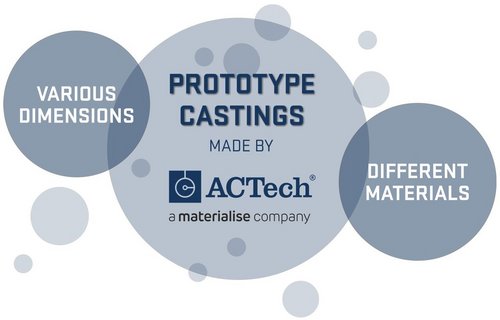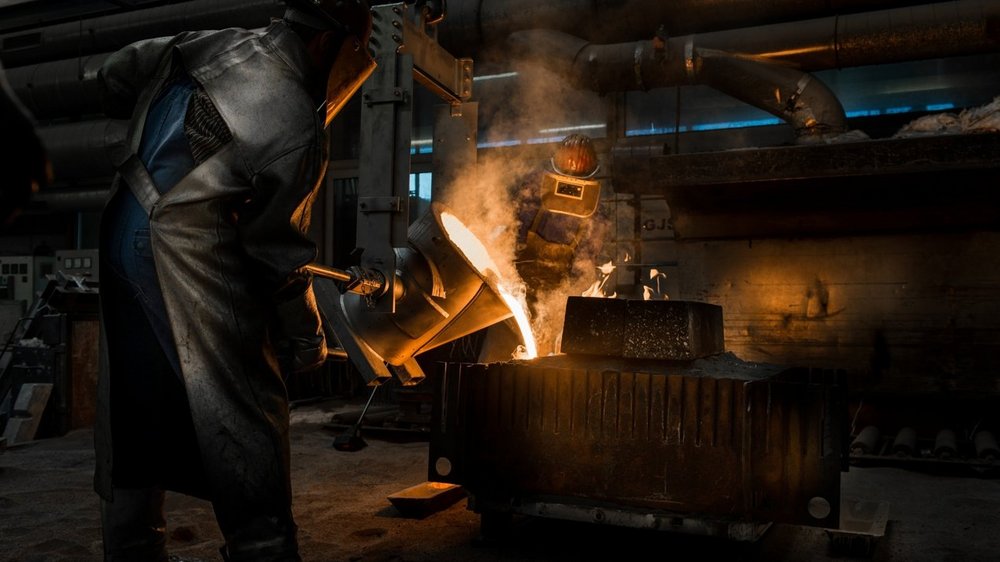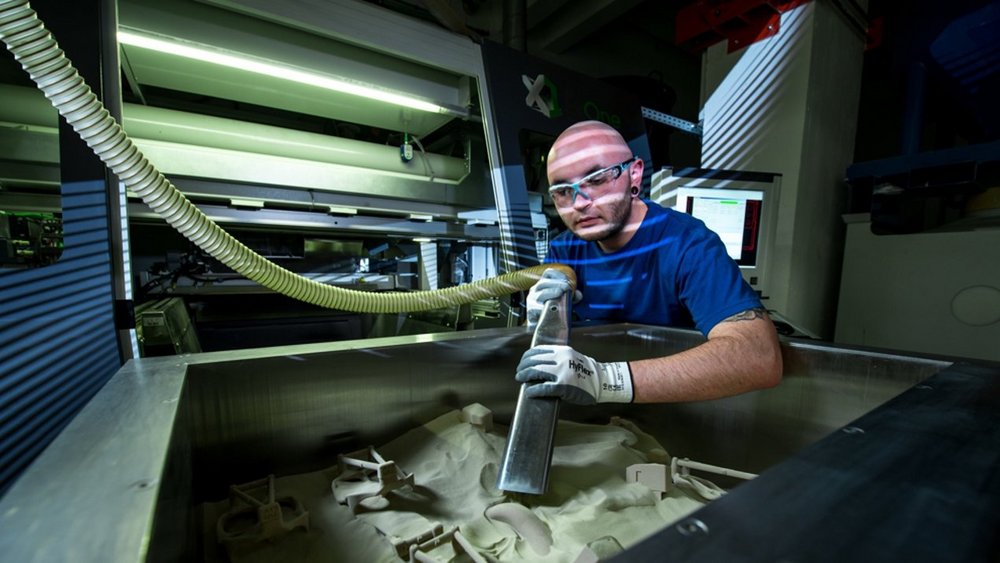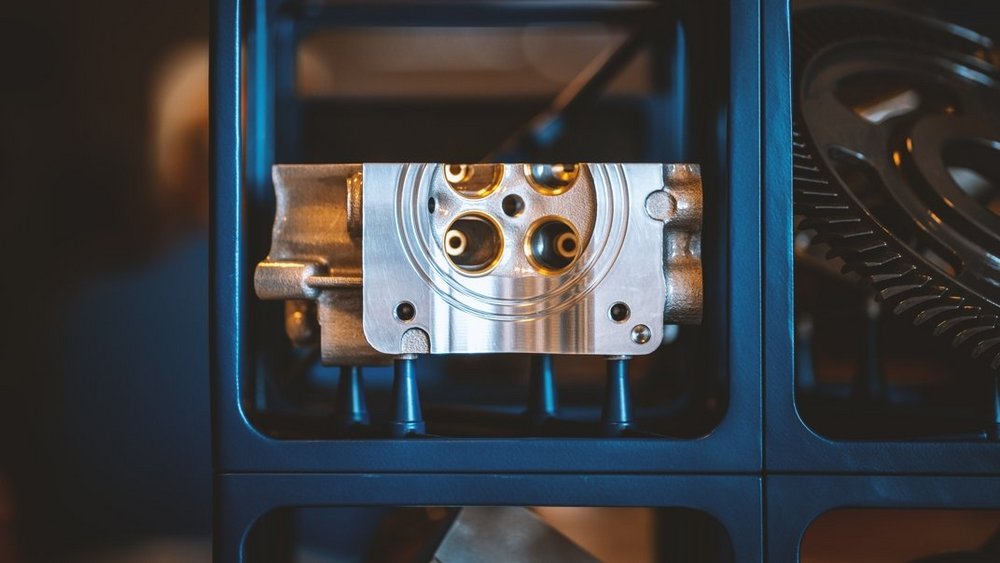With our unique ability to cast and adapt large, heavy rapid prototypes in various materials, ACTech is determined to fill the gap facing industries like agriculture. Here’s how we do it and why it makes a difference.
Whether you’re designing a new internal combustion engine for a regular vehicle or the powertrain of something much larger like a tractor or combine harvester, the ideal process remains very much the same. Design; test; improve; repeat. Rapid prototyping is key to that. But unfortunately for industries like agriculture, it’s not quite so simple.
After all, size matters.
While the larger producers of equipment and machinery rely on internal design and testing facilities to evaluate new parts, actually casting them is less straightforward.Many of these machines require components with dimensions and weights that most traditional providers aren’t equipped to handle. Those that can are perhaps only suited to mass production or have a limited selection of alloys to work with.








